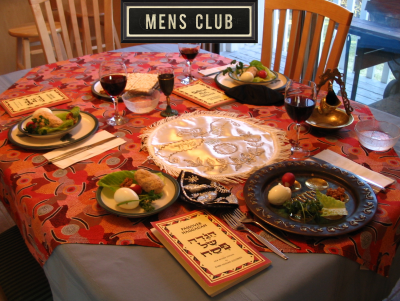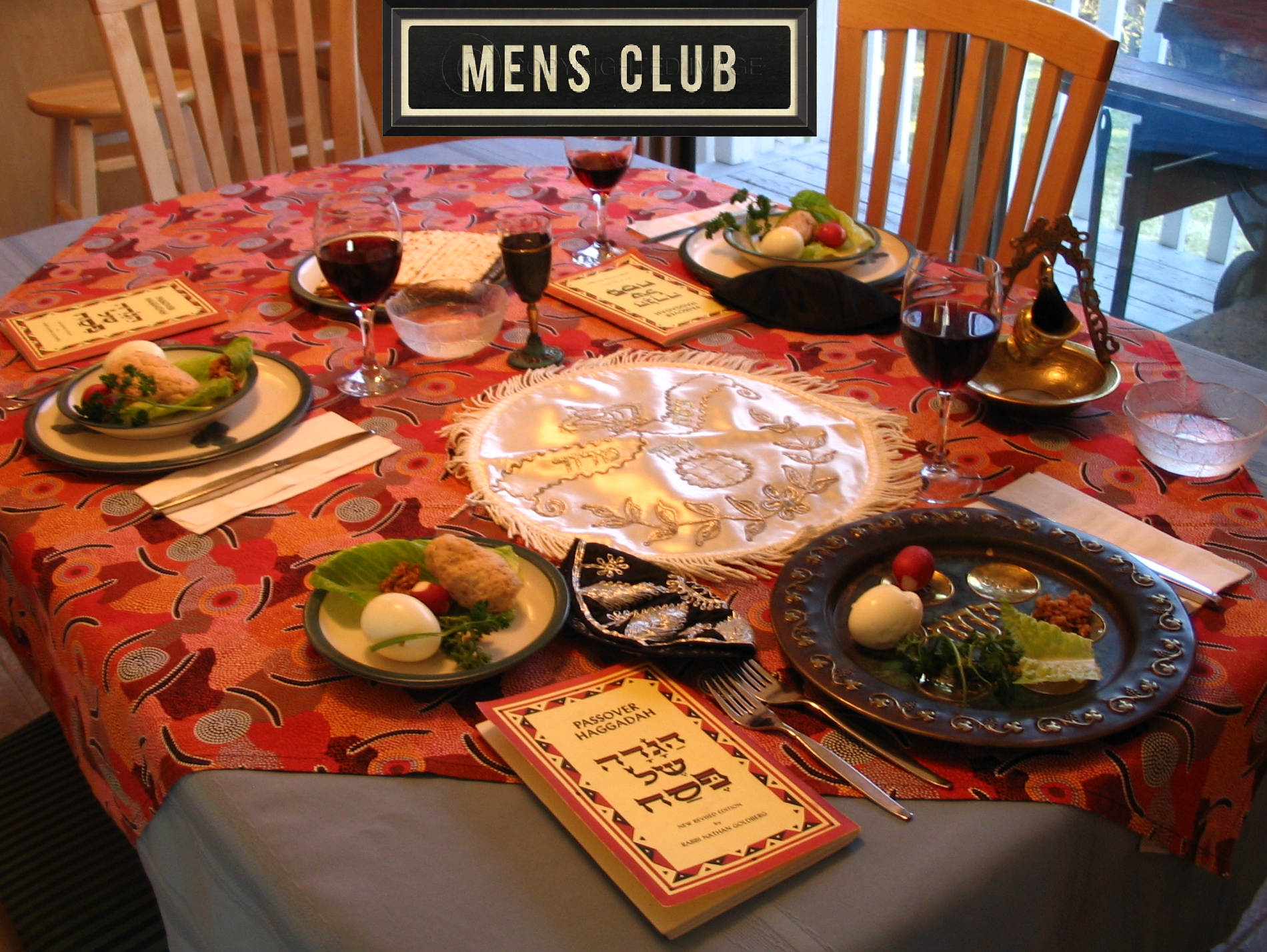
I have written in the past about my experiences with gender, privilege, Jewish ritual, and the need to find new and creative ways to engage both men and women ritually. Women, I’ve argued, should be encouraged to try out more traditionally masculine rituals, and men should be encouraged to try out more feminine rituals.
There are many ways to explore the intersection of gender and ritual. Men’s-only sedarim, however, are not one of them.
To be clear: there should be spaces for Jewish men to gather together and have meaningful interactions, just as there should be women’s-only spaces. These sedarim are not those spaces. Any space wherein men are expected to conform to traditional ideas of masculinity to establish them not just as the heads of their houses, but as needing a Ferrari or some other kitschy, hypermasculine draw to make them engaged cannot be considered meaningfully Jewish.
At its root, marketing — and that’s what it is — to men through Ferraris, Scotch, and steak, is no different than marketing “elegantly designed,” purple-wrapped pens to women. Both create essentialized, hypermasculine or hyperfeminine approaches to gender: to be a man is not just to lay tefillin or to pray, but to be someone who can only bond with other men over fancy cars and booze, to be a woman is to need a special, dainty lady pen.
Neither of these, of course, are true. Jewish masculinity has always been much more complicated than just fancy cars and booze. Jewish masculinity, it seems, has always had some sort of femininity to it. Jewish men were stereotyped in modern Europe as frail, weak, and learned; the advent of Zionism sought to create the “New Jew” out of the weak and helpless “Old Jew.” It essentially sought to abolish the old masculinity to replace it with an entirely new culture that valued physical perfection and labor, over studiousness. For a very long time, Jewish masculinity prized scholarship and intellect, not brawn and brute strength. Our greatest male Jewish heroes were rabbis, men whose job it was to learn and to teach. Their job was to sit inside a school and learn Jewish texts, not go out into the field, conquer the land, and achieve physical perfection.
The problem with the men’s-only seder then is not that it creates a needed space for Jewish men to gather, rather it’s that it creates a space that ignores so much of what we actually need to be talking about when discussing masculinity in Judaism. What’s more, by creating these essentialist views of Jewish masculinity, we not only erase the past, but also ignore those men who do not fit into such essentialist views of masculinity (that, again, are at least in some ways inherently un-Jewish). Men’s-only sedarim engender the notion that in order for Judaism to appeal to men, it must be a fundamentally “man’s space,” a notion that Aish HaTorah, the Orthodox outreach institution organizing these sedarim, is all too happy to reinforce.
Yet this marketing further perpetuates the dangerous stereotypes that so many in the Orthodox feminist world are trying to counter. We create the false notion that all men enjoy booze, steak, and fancy cars to the detriment of many men who do not.
Answering the question, “How do we engage Jewish men in meaningful ways?” by cleaving to stereotyped, false notions of normative, Western masculinity, without offering any substance only deepens the problems faced by modern Jewish masculinity. Men might be deserting synagogues, but creating false notions of Jewish manhood is not going to draw them back in. And blaming women for the “feminization” of religion, as so many seem to do, is not the answer, either.
The answer, instead, is to create new ways for Jewish men to engage ritually in ways that expand the definition of Jewish manhood.
In fact, in Jewish spaces, our question should never be “What does it mean to be a man?” It should rather be: “What does it mean to be a Jewish man?”
To be sure, there needs to be a larger conversation about how men interact with Judaism and Jewish ritual in an age when women are increasingly taking on what have long been considered masculine Jewish roles and rituals. Women are now learning Talmud, laying tefillin, and putting on tzitzit. Jewish men, also, need to reevaluate how they fit into Jewish ritual life. We need to look back to our history, to the intersections of these two identities — Judaism and masculinity — in order to find those answers.
As we prepare for Passover, the celebration of freedom from Mitzrayim, the Hebrew word for Egypt that is related to the Hebrew word tzar, or narrow, allow me to posit this: by claiming that Jewish life is becoming increasingly “feminized,” we not only hurt women by allowing men the opportunity to cast the so-called “feminization” of religion as a negative, but continue to reinforce these strict, gendered roles that benefit neither men nor women.
This Passover, let’s find ways to free ourselves from our Mitzrayim, our narrow spaces. Let’s free ourselves from the pigeon-holes into which we place ourselves when we forget that we are not just men and women, but Jewish men and Jewish women. By removing ourselves from these essentialist, confining roles, we can better understand ourselves as men, as women, and as Jews. When we create spaces to talk about gender and Judaism, we must ensure that there is room enough in the tent for everybody.
Amram Altzman is a student at List College.

